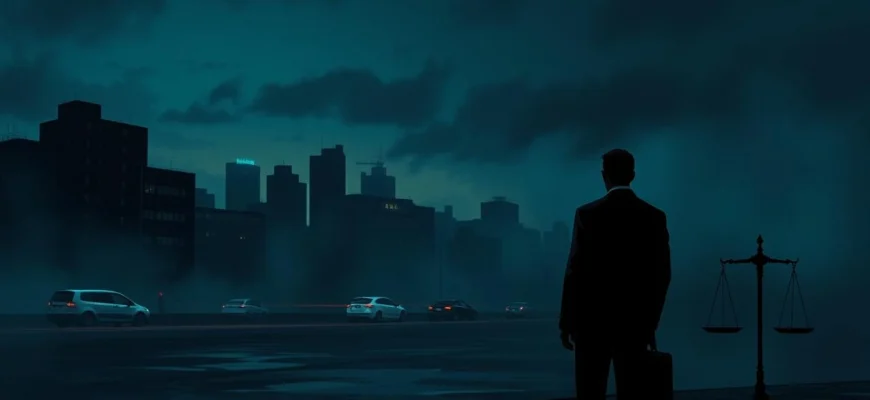If you're a fan of 'Better Call Saul' (2015), you're likely drawn to its gripping storytelling, complex characters, and legal drama with a twist. This article explores 10 movies and TV shows that capture the same essence—whether it's the morally ambiguous protagonists, the high-stakes legal battles, or the dark humor. Dive in to discover your next binge-worthy obsession!
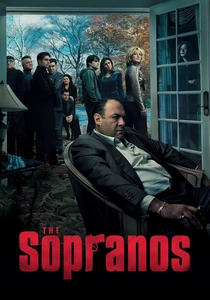
The Sopranos (1999)
Description: The Sopranos, like Better Call Saul, is a character study of a morally complex protagonist navigating the criminal underworld. Both shows delve deep into the psychology of their main characters, exploring themes of identity, family, and the American Dream. The storytelling is slow-paced and introspective, with a mix of drama and dark humor. The visual style, particularly the use of close-ups and symbolism, is also similar.
Fact: James Gandolfini based Tony Soprano's voice on his father's. The show's famous opening sequence was shot in one take. The final scene was so controversial that some fans thought their cable had cut out.
 Watch Now
Watch Now 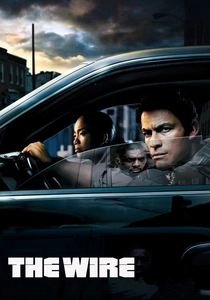
The Wire (2002)
Description: The Wire and Better Call Saul both offer a gritty, realistic portrayal of their respective worlds—Baltimore's drug trade and Albuquerque's legal underbelly. Both shows are meticulously researched and feature ensemble casts with deeply developed characters. The themes of systemic corruption and the blurred lines between good and evil are central to both. The storytelling is slow and deliberate, with a focus on the larger societal issues at play.
Fact: Many of the actors were real-life Baltimore residents with no prior acting experience. The show's creator, David Simon, was a former police reporter. The character of Omar Little was inspired by a real-life stick-up man.
 Watch Now
Watch Now 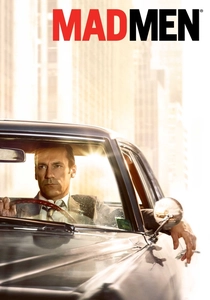
Mad Men (2007)
Description: Mad Men and Better Call Saul both focus on the transformation of their protagonists, exploring themes of identity, reinvention, and the American Dream. Both shows are character-driven, with a slow-burn narrative that rewards patience. The visual style is similarly meticulous, with a strong emphasis on period details (for Mad Men) and cinematic framing (for Better Call Saul). The dialogue is sharp and often laced with subtext.
Fact: Jon Hamm auditioned for the role of Don Draper twice. The show's creator, Matthew Weiner, was a writer on The Sopranos. The iconic opening sequence was inspired by a 1960s ad campaign.
 Watch Now
Watch Now 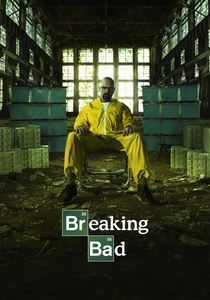
Breaking Bad (2008)
Description: Breaking Bad is the most obvious counterpart to Better Call Saul, as both are set in the same universe and share many characters, including Saul Goodman himself. Both shows explore themes of morality, transformation, and the consequences of one's actions. The storytelling style is similarly meticulous, with a slow burn that builds tension over time. The visual aesthetics, especially the use of New Mexico landscapes, are also shared.
Fact: Bryan Cranston initially auditioned for the role of Saul Goodman. The show was almost set in Riverside, California, but tax incentives led to the New Mexico setting. The iconic 'Heisenberg' hat was chosen because it looked like something a middle-aged man would wear to feel cool.
 Watch Now
Watch Now 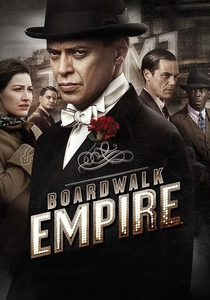
Boardwalk Empire (2010)
Description: Boardwalk Empire, like Better Call Saul, is a period crime drama that explores the rise of a morally ambiguous protagonist. Both shows are steeped in historical detail and feature complex characters who are neither wholly good nor evil. The storytelling is slow and deliberate, with a focus on the consequences of one's actions. The visual style is lush and cinematic, with a strong emphasis on atmosphere.
Fact: Steve Buscemi was almost 20 years older than the real Nucky Thompson. The show's pilot was the most expensive in HBO history at the time. Many of the show's characters were based on real historical figures.
 Watch Now
Watch Now 
Ray Donovan (2013)
Description: Ray Donovan and Better Call Saul both focus on a fixer who operates in the moral gray areas of their respective worlds—Hollywood and the legal system. Both shows explore themes of family, loyalty, and the cost of keeping secrets. The storytelling is similarly character-driven, with a mix of drama and dark humor. The visual style is also gritty and cinematic, with a strong emphasis on the urban landscapes of Los Angeles and Albuquerque.
Fact: Liev Schreiber initially turned down the role of Ray Donovan. The show's creator, Ann Biderman, also wrote for Southland. The character of Ray Donovan was inspired by real-life Hollywood fixers.
 Watch Now
Watch Now 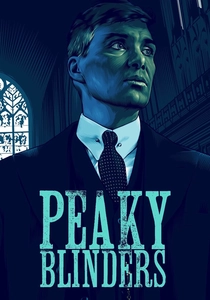
Peaky Blinders (2013)
Description: Peaky Blinders shares with Better Call Saul a focus on a charismatic antihero navigating a criminal world while trying to maintain a semblance of normalcy. Both shows explore themes of ambition, family loyalty, and the cost of power. The visual style is similarly stylish, with a strong emphasis on period details (for Peaky Blinders) and cinematic framing (for Better Call Saul). The dialogue is sharp and often laced with dark humor.
Fact: The real Peaky Blinders gang was active in the late 19th and early 20th centuries. Cillian Murphy initially turned down the role of Tommy Shelby. The show's soundtrack features modern music, despite its historical setting.
 Watch Now
Watch Now 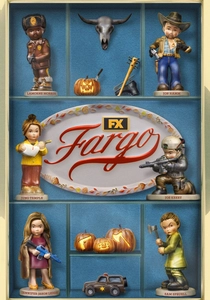
Fargo (2014)
Description: Fargo shares a darkly comedic tone with Better Call Saul, blending crime drama with quirky humor. Both shows feature ordinary people getting entangled in criminal activities, often with disastrous consequences. The storytelling is non-linear and character-driven, with a strong emphasis on moral ambiguity. The visual style, with its stark landscapes and meticulous framing, is also reminiscent of Better Call Saul.
Fact: Each season is inspired by the 1996 Coen Brothers film but tells a completely new story. Billy Bob Thornton's character, Lorne Malvo, was originally written as a one-off but became a series regular due to his performance. The show's title sequence features a snowy landscape that changes slightly each season to reflect the story's themes.
 Watch Now
Watch Now 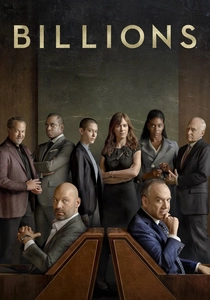
Billions (2016)
Description: Billions and Better Call Saul both explore themes of power, ambition, and the moral gray areas of their respective worlds—finance and law. Both shows feature sharp, fast-paced dialogue and complex characters who are constantly outmaneuvering each other. The storytelling is similarly intricate, with a focus on the psychological games being played. The visual style is also sleek and stylish, with a strong emphasis on the trappings of wealth and power.
Fact: The show's creators, Brian Koppelman and David Levien, are also professional poker players. Damian Lewis based his character, Bobby Axelrod, on several real-life hedge fund managers. The show's title refers to the billions of dollars at stake in the financial world.
 Watch Now
Watch Now 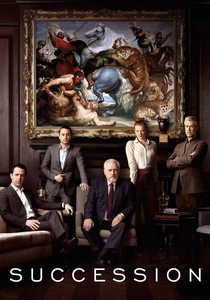
Succession (2018)
Description: Succession shares with Better Call Saul a focus on power dynamics, family loyalty, and the moral compromises people make to get ahead. Both shows feature sharp, witty dialogue and complex characters who are deeply flawed yet compelling. The storytelling is similarly slow and deliberate, with a focus on the psychological underpinnings of its characters. The visual style is also cinematic, with a strong emphasis on framing and composition.
Fact: The show's theme song was composed by Nicholas Britell, who also scored Moonlight. Many of the show's characters were inspired by real-life media moguls. The show's creator, Jesse Armstrong, initially envisioned it as a movie.
 Watch Now
Watch Now 
